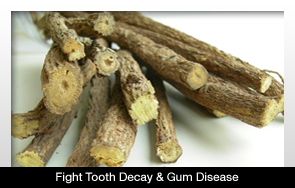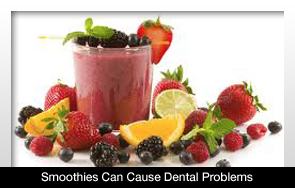Written by Dentistry TodayFriday, 13 January 2012 12:34

New information will help scientists better understand cancer.
A research team can now learn more about oral cancer thanks to a 3-dimensional model of lab-made tissue that represents the oral cavity. Using this model, researchers discovered that the tissue can trigger something in the cell adhesion protein involved with the development of cancer.
The study was published in the January issue of Epigenetics.
This information indicates that drugs being tested for the purpose of treating cancer need to undergo more rigorous standards before being placed on the market. These new tissue-like systems can tell the researchers more than petri dish-type models.
The reason why this model is successful is because of the way the system triggers mechanisms that determine whether or not genes involved with cancer will be activated or not. The researchers were able to see the interaction between cells because of the tissue structure.
Invasion and metastasis happen when the cells break off from the main cancer site. Finding ways to treat cancers to bring back the protein E-cadherin is a vital method to limit the progression of cancer.
The research team included Teresa DesRochers, PhD, a graduate of the Sackler School of Graduate Biomedical Sciences at Tufts, and currently in the department of biomedical engineering at Tufts University School of Engineering; Jonathan Garlick, DDS, PhD, a professor in the oral and maxillofacial pathology department at Tufts University School of Dental Medicine; Laurie Jackson-Grusby, PhD, associate in pathology at Children's Hospital, Boston, and assistant professor at Harvard Medical School; Yulia Shamis, MSc, a PhD student at the Sackler School of Graduate Biomedical Sciences; Addy Alt-Holland, MSc, PhD, an assistant professor at Tufts University School of Dental Medicine; Yasusei Kudo, DDS, PhD, and Takashi Takata, DDS, PhD, both of the department of oral and maxillofacial pathobiology, Graduate School of Biomedical Sciences, Hiroshima University, Japan; and Guangwen Wang, PhD, previously a fellow at Children's Hospital Boston, now a senior scientist at Stemgent.

